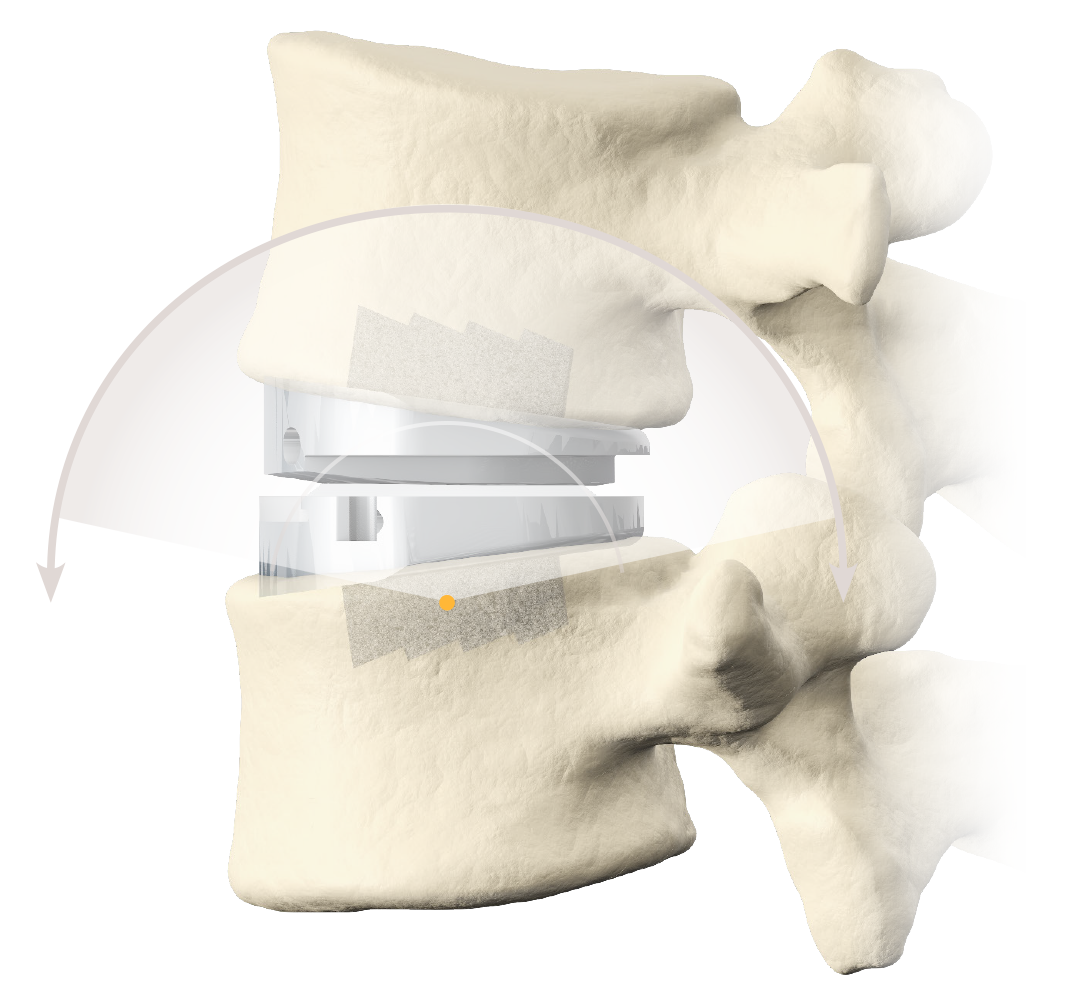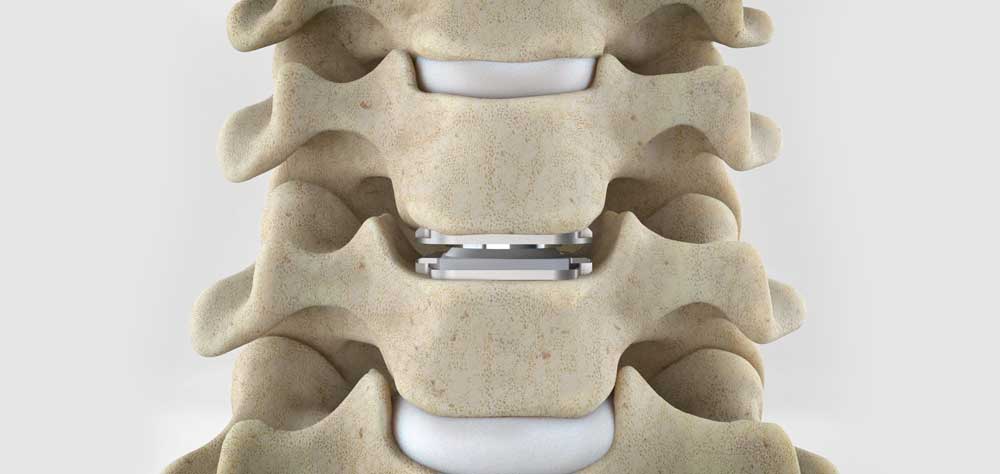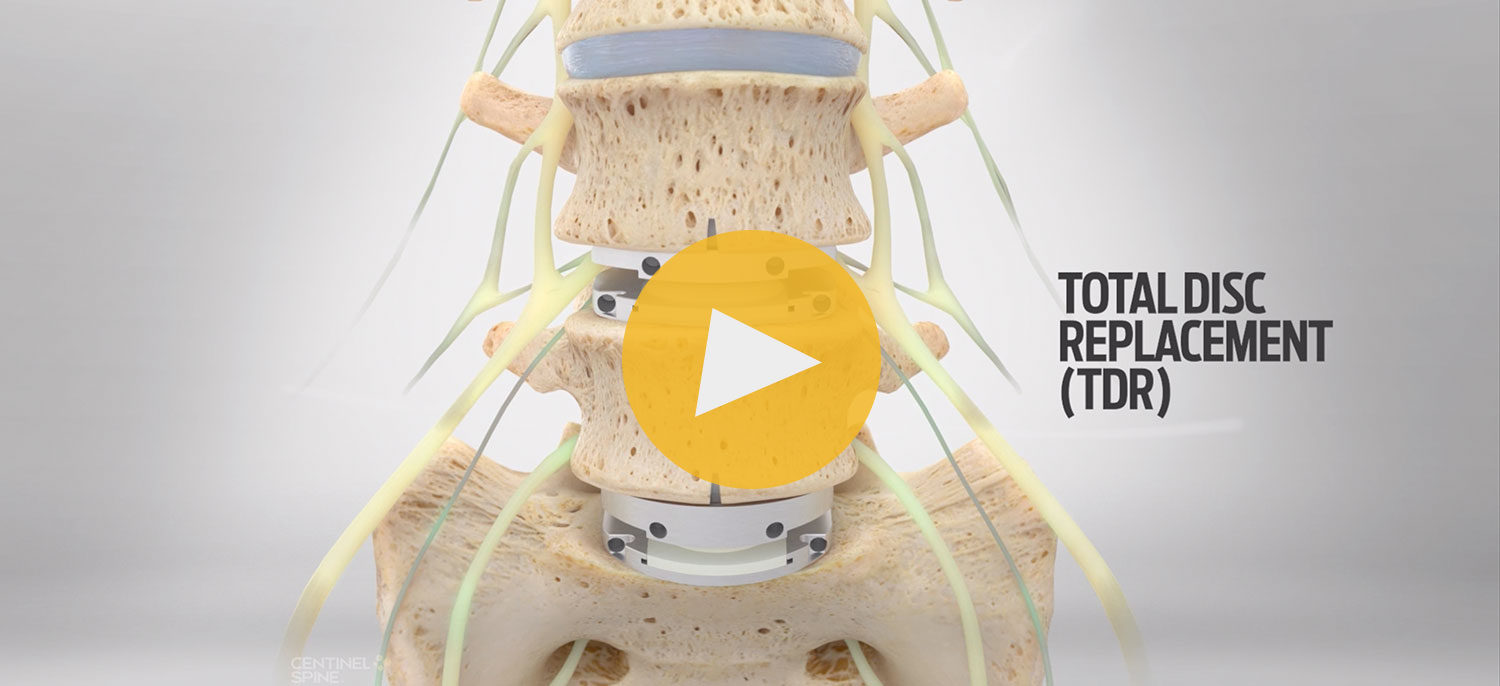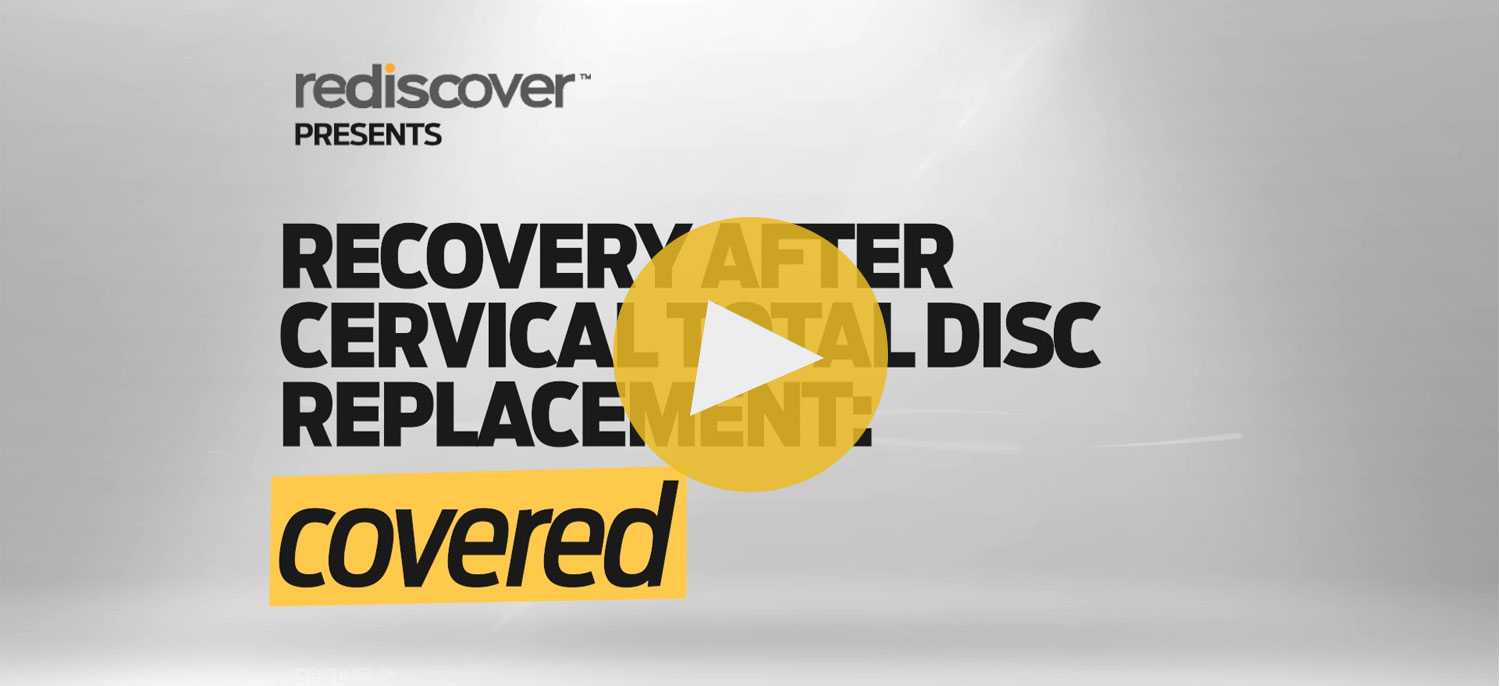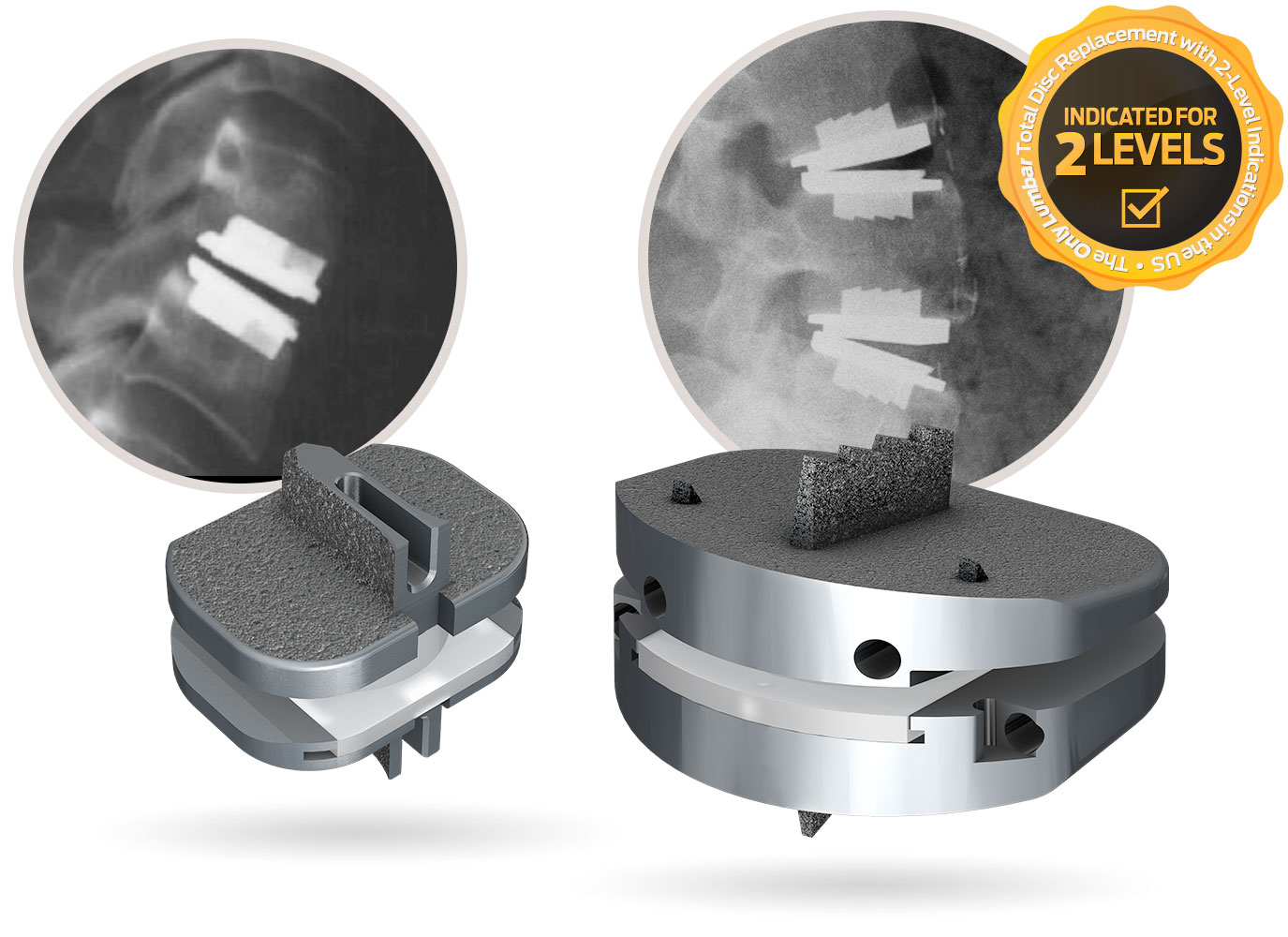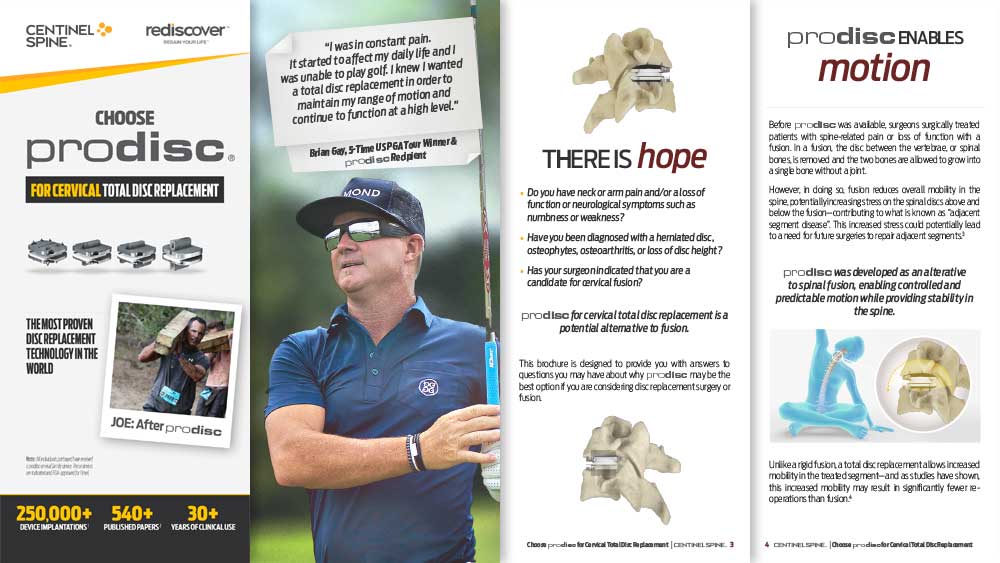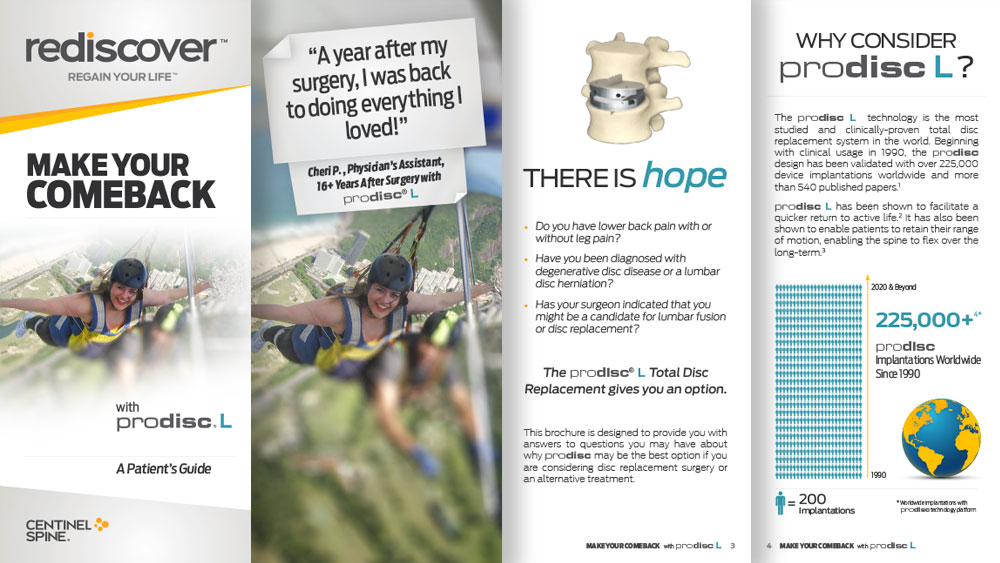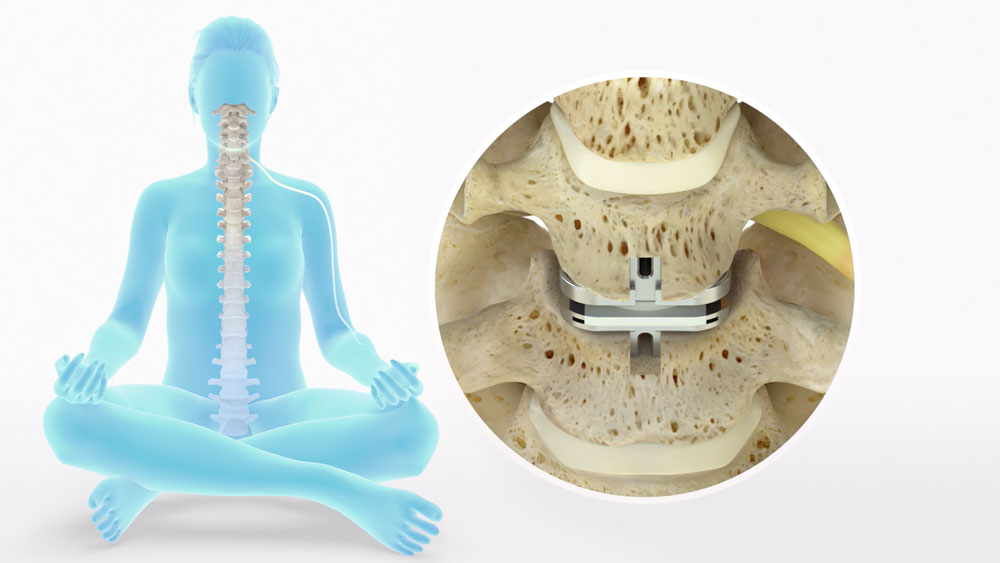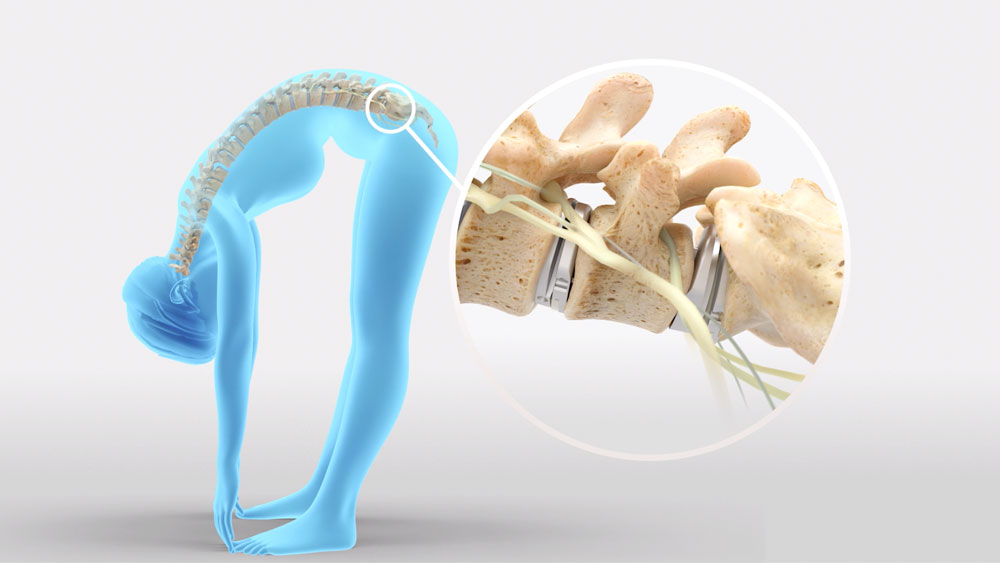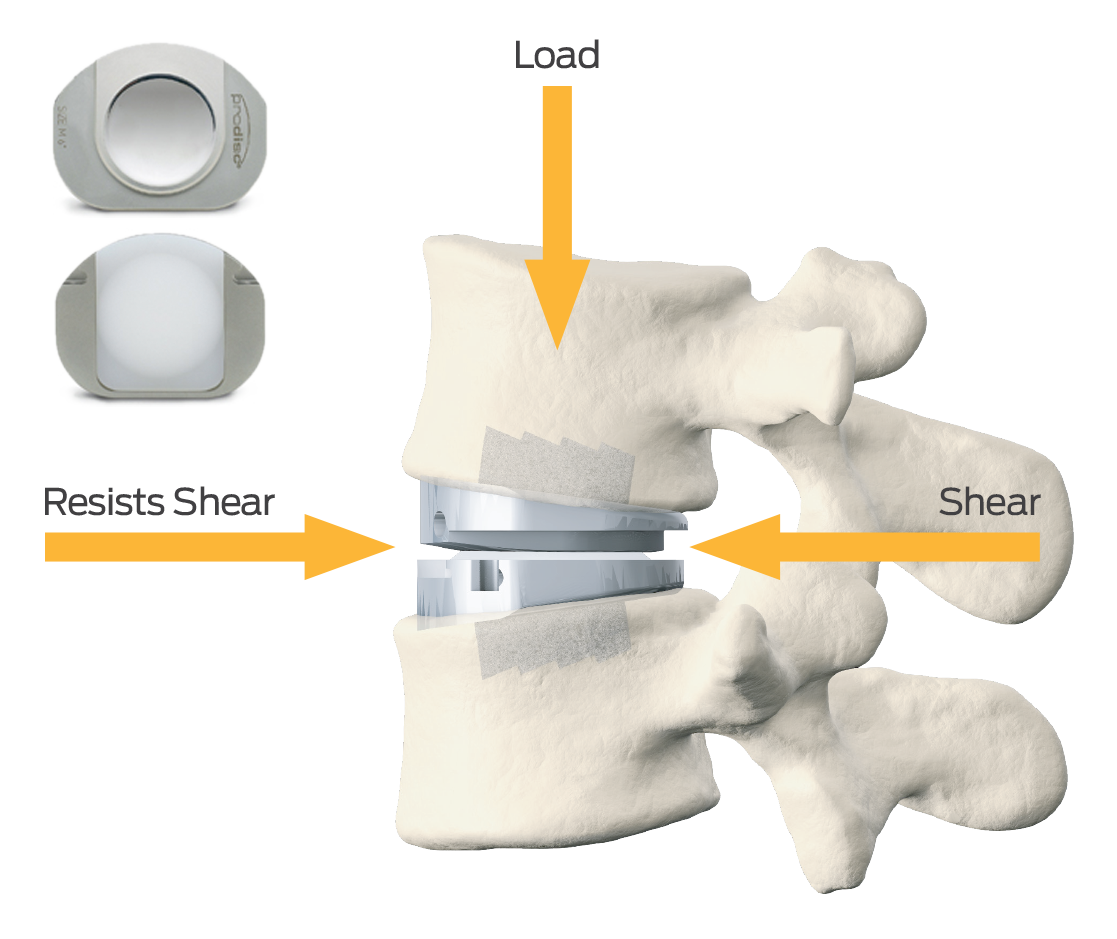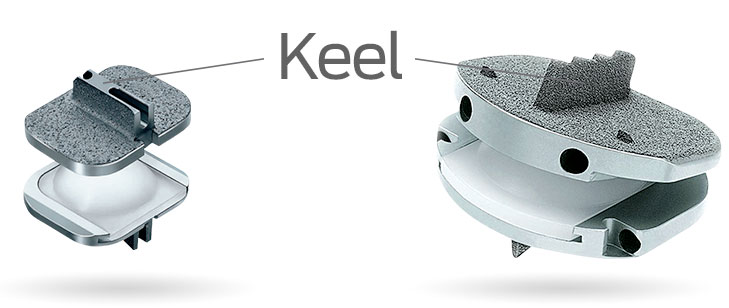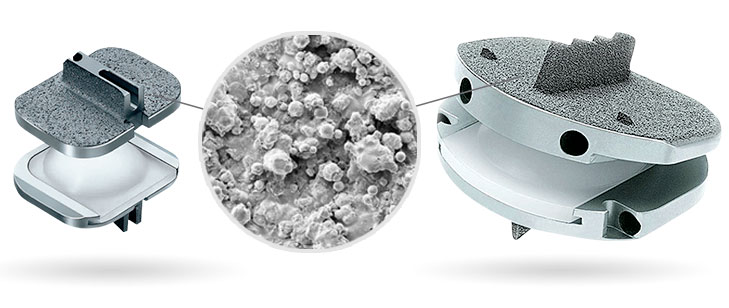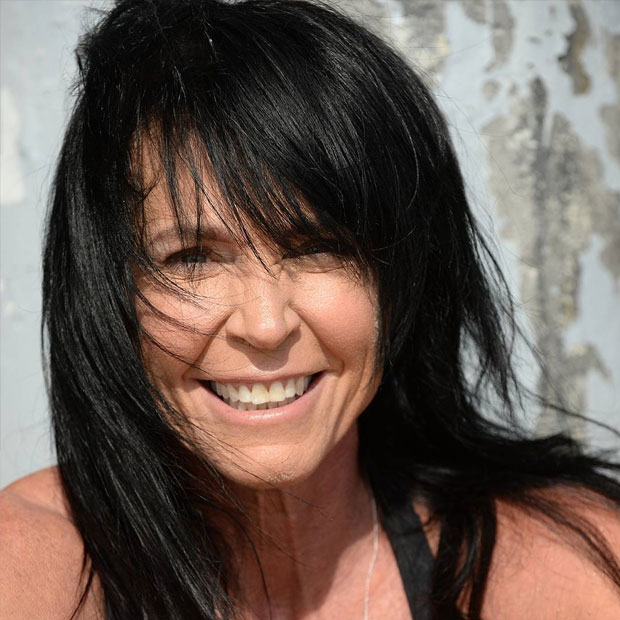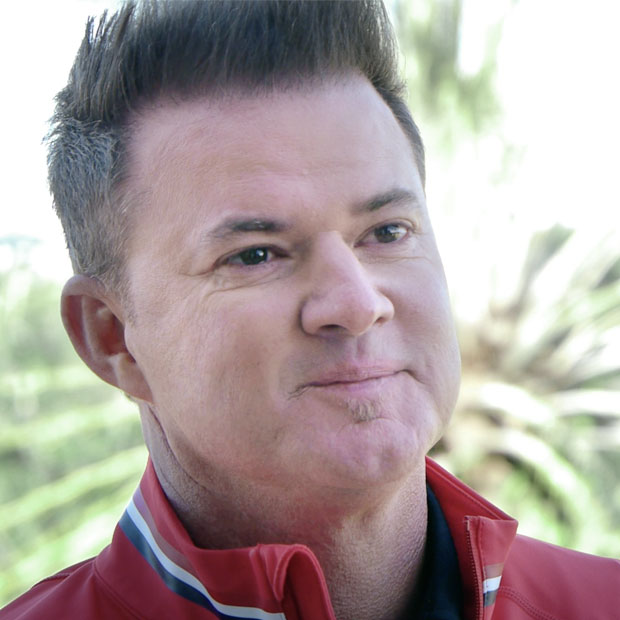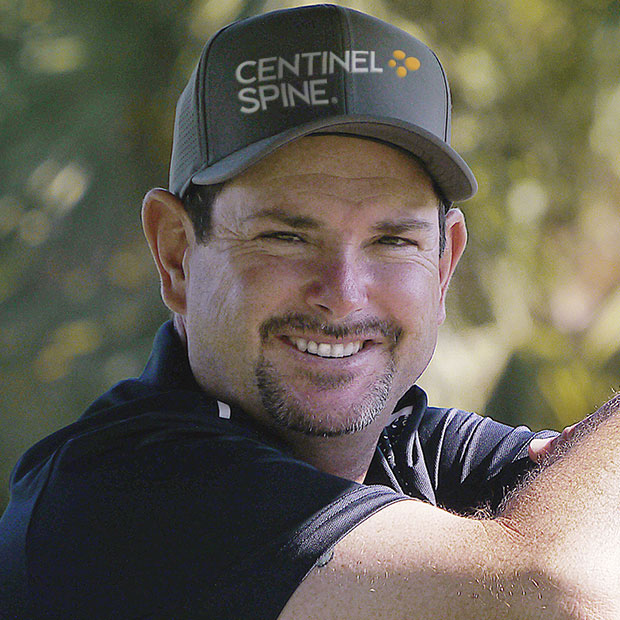Important Patient Information: The resources provided on this site are for informational purposes only.
This website is not a replacement for professional medical advice. You should discuss both surgical and nonsurgical treatment options with your doctor.
Only your doctor is qualified to diagnose and treat your condition.
Problems can occur when you have spine surgery, including surgery with prodisc implants. There is a risk that the surgery may not make you feel better or
may cause you to feel worse. If this happens, you may need another surgery to help you feel better. View the specific problems that can occur during or
after prodisc L or prodisc C surgery.
Reimbursement is dynamic. Coding, coverage and payment are subject to change. Centinel Spine cannot guarantee reimbursement for any procedure associated
with the use of its products. Providers should contact their specific payers if they have questions regarding coding, coverage or payment.
1 Data on file at Centinel Spine compiled from Spine Solutions, Synthes Spine, DePuy Synthes, and Centinel Spine.
2 Search performed on Pubmed, Embase, Ovid Medline® covering 1988 – 2018.
3 Janssen ME, et al, ProDisc-C Total Disc Replacement Versus ACDF for Single-Level Symptomatic Cervical Disc Disease, JBJS, 2015, 97:1738-47.
4 Tumialan, L.M., et al., Arthroplasty in the military: a preliminary experience with prodisc C and prodisc L. Neurosurgical focus, 2010. 28(5): p. E18.
5 Zigler, J, Delamarter R, Five-year results of the prospective, randomized, multicenter, Food and Drug Administration investigational device exemption study of the prodisc L total disc replacement versus circumferential arthrodesis for the treatment of single-level degenerative disc disease, J Neurosurg Spine, 2012, 17:493-501.
6 Crawford NR, et al, Biomechanics of a Fixed-Center of Rotation Cervical Intervertebral Disc Prosthesis, Int J Spine Surg. 2012; 6: 34–42.
